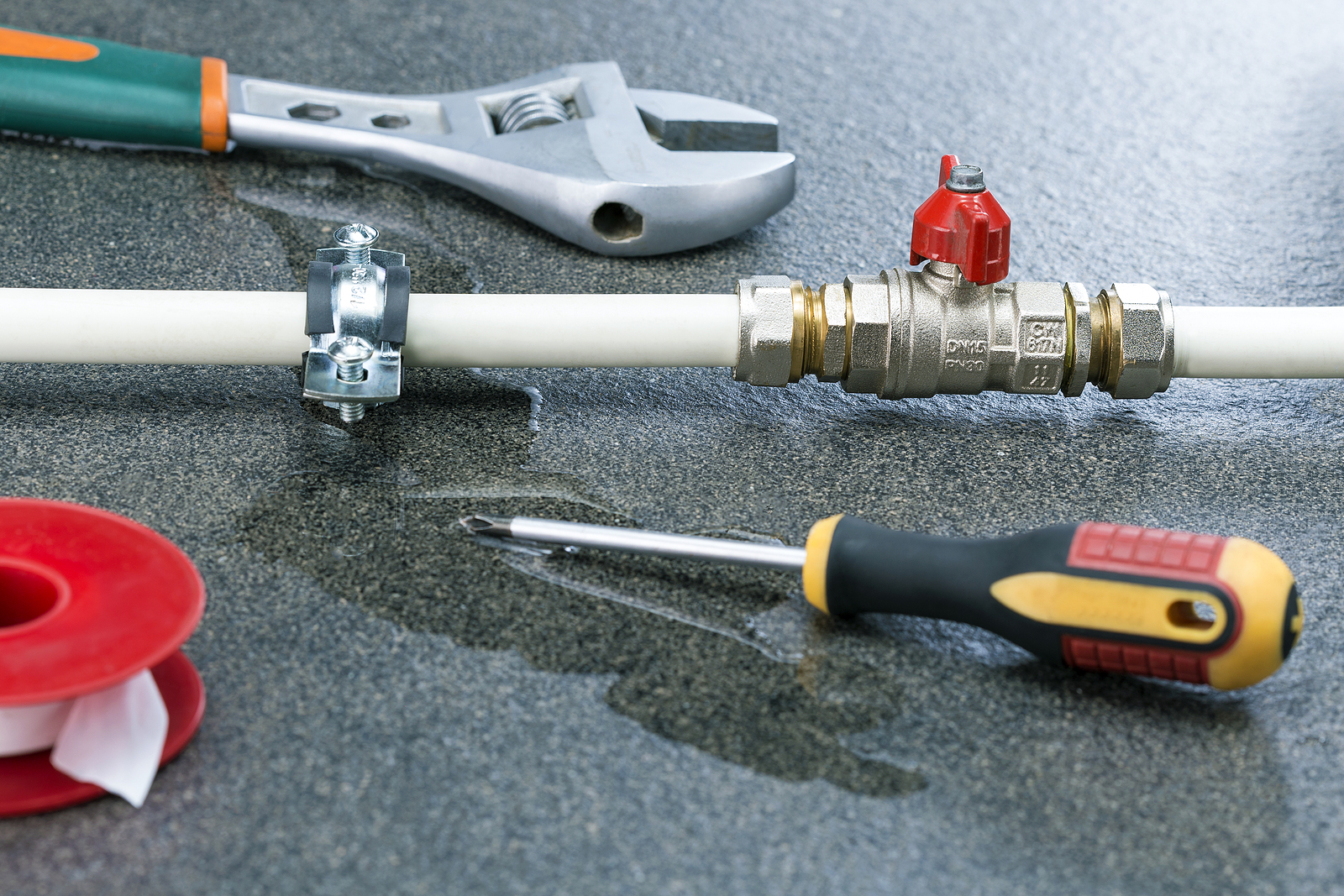What are your beliefs about Leaking water lines?

Early detection of dripping water lines can minimize a possible catastrophe. Some tiny water leakages may not be noticeable.
1. Examine the Water Meter
Examining it is a proven means that aids you uncover leakages. If it relocates, that shows a fast-moving leakage. This implies you might have a sluggish leak that might also be below ground.
2. Examine Water Consumption
Evaluate your water costs and track your water intake. As the one paying it, you should see if there are any discrepancies. If you find sudden changes, regardless of your intake coinciding, it implies that you have leakages in your plumbing system. Keep in mind, your water costs ought to drop under the very same range every month. A sudden spike in your bill shows a fast-moving leak.
At the same time, a steady boost every month, despite the very same behaviors, reveals you have a slow-moving leak that's additionally slowly intensifying. Call a plumber to thoroughly check your residential property, particularly if you really feel a warm location on your flooring with piping underneath.
3. Do a Food Coloring Test
When it concerns water usage, 30% originates from commodes. Examination to see if they are running correctly. Decrease flecks of food shade in the storage tank and also wait 10 minutes. If the shade somehow infiltrates your bowl throughout that time without flushing, there's a leak in between the container and also bowl.
4. Asses Exterior Lines
Don't forget to inspect your outdoor water lines too. Should water seep out of the connection, you have a loosened rubber gasket. One small leakage can lose lots of water and also spike your water expense.
5. Examine the situation and evaluate
Homeowners need to make it a routine to examine under the sink counters and also even inside cabinets for any bad odor or mold and mildew development. These two red flags suggest a leak so prompt interest is needed. Doing regular evaluations, even bi-annually, can save you from a significant issue.
If you know your home is already old, maintain a watchful eye on your heating units, hoses, pipes and so on. Check for discolorations and also weakening as a lot of pipes as well as devices have a life span. They will certainly likewise naturally weaken due to tear and wear. Do not wait for it to intensify if you suspect leaking water lines in your plumbing system. Call a professional plumber as soon as possible so you don't wind up with a dreadful mess in your house.
Early discovery of dripping water lines can mitigate a prospective disaster. Some little water leakages may not be visible. Examining it is a proven means that helps you uncover leakages. One little leakage can waste bunches of water and increase your water costs.
If you believe dripping water lines in your plumbing system, do not wait for it to escalate.
How to Know If Your Home Has a Hidden Leak
Water Meter Reveals Inexplicable Water Usage
If you’d like to test whether or not there’s a leak somewhere in your home, you can do this using your water meter. Here is how to conduct the test:
Don’t use any water in your home for at least 30 minutes; this also means not turning on faucets or water-using appliances.
Go outside, and check your water meter for activity.
If your water meter shows that there was activity, even though no one was using any water, this proves that there is a leak in your home.Visible Mold or Mildew Growth
Leaks behind walls create moist, dark environments that allow mold and mildew to grow and thrive. Eventually, you might see mold growth forming on the wall closest to a hidden leak.
If mold is growing in an area that receives a high amount of moisture, such as a bathroom, it may simply be an indication that better ventilation is needed. However, if you see mold growth on a wall or the ceiling in an area where you would not expect, you probably have a hidden leak.
Musty, Mildew Odor
Sometimes you might not be able to see the mold or mildew that is growing as a result of a leak. However, the smell can give the problem away just as easily. If you catch a whiff of something musty, there’s a good chance that old water is collecting somewhere in your home that you can’t see.
Stained/Warped Walls, Ceilings, or Floors
When your home soaks up water, a variety of red flags can become visible, including ceiling stains, bubbling drywall, warped walls, and sagging floors. While these issues can be caused by excess humidity, they can also be signs that a pipe or plumbing connection has started leaking behind your walls.
Inexplicably High Water Bill
After a while, you get a general sense for what your water bill should be. If you own a pool or sprinkler system, your bill will tend to be higher during summer. However, if you receive a water bill that seems especially high, and you can’t figure out what caused it, then you may have a hidden leak somewhere that’s increasing your bill.
https://www.plumbingjoint.com/blog/2019/july/how-to-know-if-your-home-has-a-hidden-leak/

We were introduced to that report about Detecting hidden plumbing leaks from an associate on our other web property. If you enjoyed reading our blog posting if you please do not forget to pass it around. Thank you so much for your time invested reading it.